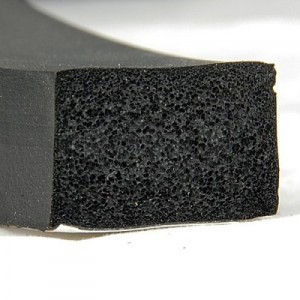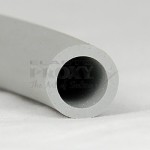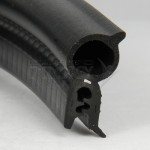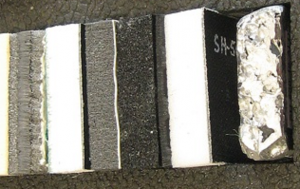Sound Transmission Class (STC) and Acoustic Insulation
 Sound transmission class (STC) describes the ability of a product or material to stop the transmission of airborne sound. Since the 1960s, STC ratings have been used to describe the acoustical properties of ceilings, walls, floors, and doors. Today, STC values are provided for acoustic insulation made from a single material, and for multi-layer composites that are sandwiched together. Higher STC numbers are generally better, but there are exceptions to this rule – and other factors to consider as well.
Sound transmission class (STC) describes the ability of a product or material to stop the transmission of airborne sound. Since the 1960s, STC ratings have been used to describe the acoustical properties of ceilings, walls, floors, and doors. Today, STC values are provided for acoustic insulation made from a single material, and for multi-layer composites that are sandwiched together. Higher STC numbers are generally better, but there are exceptions to this rule – and other factors to consider as well.
In this article from Elasto Proxy, you’ll learn what STC is and how it’s measured. For starters, we’ll cover some basic concepts about sound, vibrations that travel through the air or another medium (such as a wall) and can be heard by the human ear. Along the way, it’s important to remember that sound can also be reflected inward (such as within a metal enclosure) and cause vibrations. So while preventing the transmission of unwanted sound (noise) is important, you may face other design challenges, too. (more…)

 Custom weather stripping from Elasto Proxy can meet the challenges of static or dynamic sealing in hot or cold weather conditions.
Custom weather stripping from Elasto Proxy can meet the challenges of static or dynamic sealing in hot or cold weather conditions.
 Americans say “Zee” for the letter Z. Canadians say “Zed” instead. In both North American countries, their militaries say “Zulu” so that radio or telephone messages can be understood clearly. If you’re a defense contractor that makes military vehicles, it’s important to know you’ll receive exactly what you asked for. Elasto Proxy, a trusted member of the defense supply chain, can custom-fabricate thermal acoustic insulation that meets all of your requirements.
Americans say “Zee” for the letter Z. Canadians say “Zed” instead. In both North American countries, their militaries say “Zulu” so that radio or telephone messages can be understood clearly. If you’re a defense contractor that makes military vehicles, it’s important to know you’ll receive exactly what you asked for. Elasto Proxy, a trusted member of the defense supply chain, can custom-fabricate thermal acoustic insulation that meets all of your requirements.

 ZMT insulation from Elasto Proxy is a thermal acoustic composite that also resists fire and chemicals. Applications include firewalls and engine bays.
ZMT insulation from Elasto Proxy is a thermal acoustic composite that also resists fire and chemicals. Applications include firewalls and engine bays.





